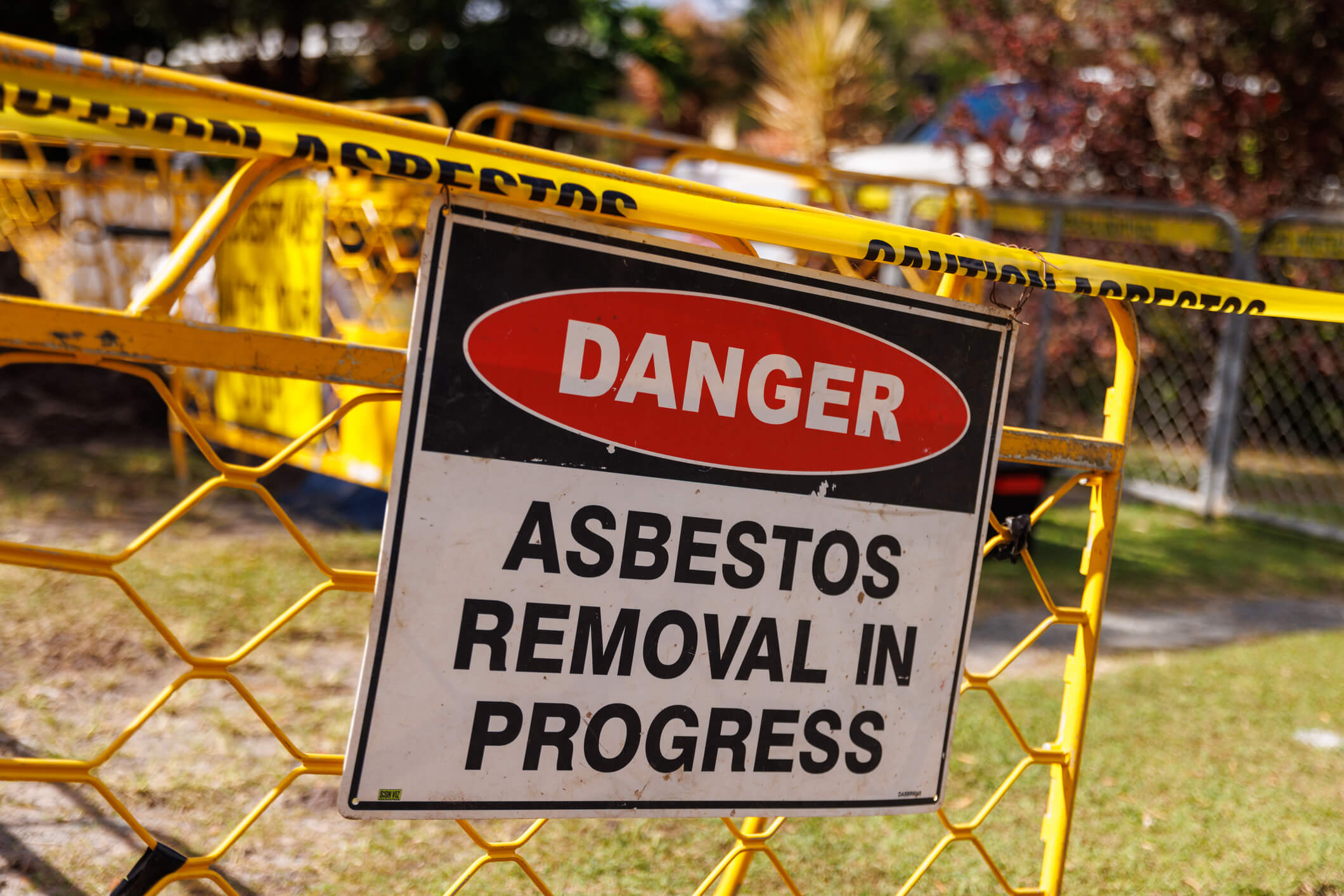US Bans Asbestos in Aim To Protect Public Health
Editors carefully fact-check all Consumer Notice, LLC content for accuracy and quality.
Consumer Notice, LLC has a stringent fact-checking process. It starts with our strict sourcing guidelines.
We only gather information from credible sources. This includes peer-reviewed medical journals, reputable media outlets, government reports, court records and interviews with qualified experts.

For the first time in 25 years, the U.S. government took meaningful action on Monday to ban the use of asbestos. This highly toxic mineral is linked to hundreds of thousands of deaths and severe environmental contamination.
The U.S. Environmental Protection Agency announced the final ruling, its first under the 2016 Toxic Substance Control Act, on March 18.
“The science is clear — asbestos is a known carcinogen that has severe impacts on public health. President Biden understands that this concern that has spanned generations and impacted the lives of countless people. That’s why EPA is so proud to finalize this long-needed ban on ongoing uses of asbestos,” EPA Administrator Michael S. Regan said in a press release.
“Under the President’s leadership, EPA has been working expeditiously to put the nation’s chemical safety program back on track and finally realize the protections of the 2016 law. This action is just the beginning as we work to protect all American families, workers and communities from toxic chemicals.”
What Does the Ban Mean?
Asbestos use has been declining in the U.S. for decades, but more than 50 countries have already banned it completely.
Chrysotile, also commonly called white asbestos, has long been a staple in various industrial products, like chlorine bleach, roofing materials and cement, and auto parts like clutches and brake pads. It is the only remaining type of asbestos used in the U.S.
Asbestos is linked to serious health conditions like mesothelioma and lung cancer. An estimated 40,000 deaths annually are linked to asbestos exposure in the country. By banning the use, manufacture and import of this asbestos in the U.S., the EPA hopes to reduce these health risks.
How Does This Ban Impact Water Treatment?
The EPA’s ban will affect the chlor-alkali sector, which currently uses asbestos diaphragms to make chemicals to disinfect drinking water and wastewater. Last year, industry leaders fought the ban. However, the EPA says there are many other ways to disinfect water.
At least eight plants in the U.S. currently use asbestos diaphragms. There will be a focus on transitioning those plants to alternative technologies within a structured timeline to avoid impacting water purification efforts.
The Agency outlined a phased approach, allowing five years for the first facility conversion to non-asbestos technology, with extended periods for additional facilities, ensuring a balance between public health concerns and the continuity of chlorine supply for water treatment.
“An immediate ban on the import of chrysotile asbestos for the chlor-alkali industry is a long overdue step forward for public health,” said Senator Jeff Merkley in a statement. “However, it cannot be the end of the road when it comes to phasing out other dangerous asbestos fibers, and Congress has a role to play here when it comes to providing stronger protections for our health.”
When Does the Ban Take Effect?
The asbestos ban could take effect as soon as six months following the final rule for the automotive industry. The EPA says staggered or phase-out periods will provide a “reasonable transition period.”
“While closing the door to chrysotile imports is a historic step, the EPA rule does not restrict importation and use of five other recognized asbestos fibers,” Linda Reinstein, president and co-founder of the Asbestos Disease Awareness Organization, said to The New York Times.
“We are also alarmed that the rule allows an unnecessarily long transition period and creates inconsistent compliance deadlines for certain asbestos users that will enable dangerous exposure to chrysotile asbestos to continue for years to come.”